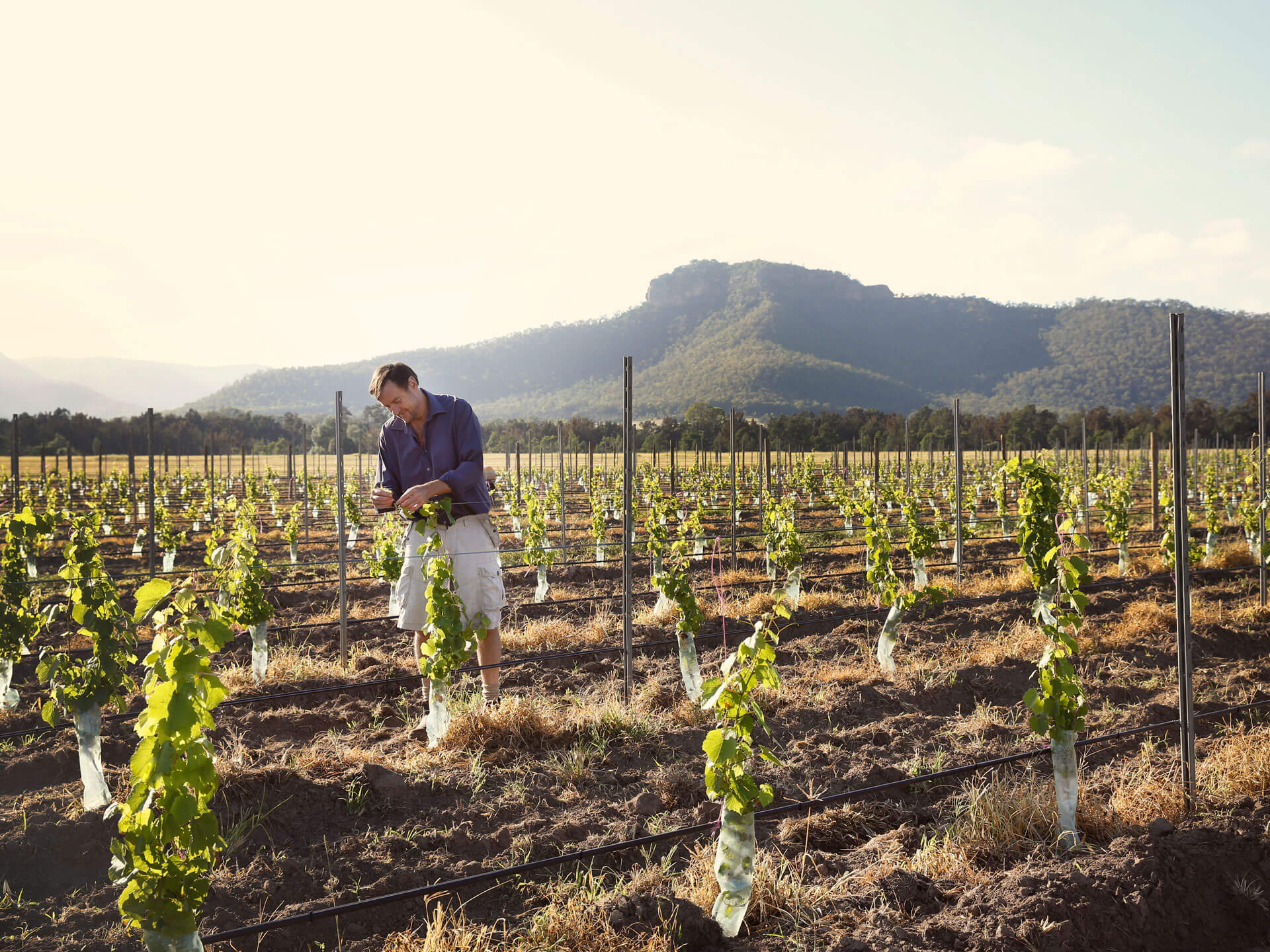Devil’s Corner, East Coast
The Devil’s Corner Vineyard on Tasmania’s East Coast is the island’s largest, with over 190 hectares under vine. Named after a nearby nautical danger zone in the Hazards, the vineyard overlooks the Moulting Lagoon, with a classic varietal mix dominated by pinot noir, chardonnay and aromatic whites. Brett McClen oversees the viticultural operations, with a focus on soil health and water conservation, treating each block individually to maximise quality.










